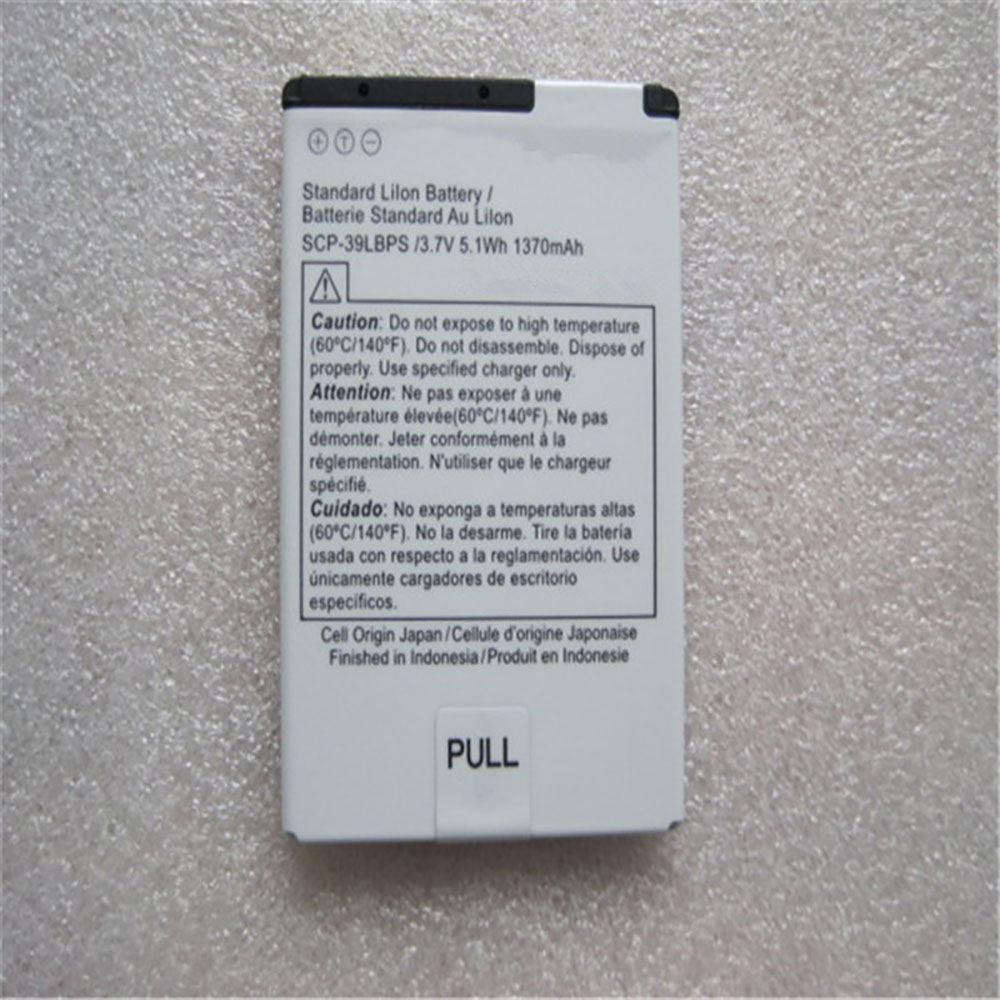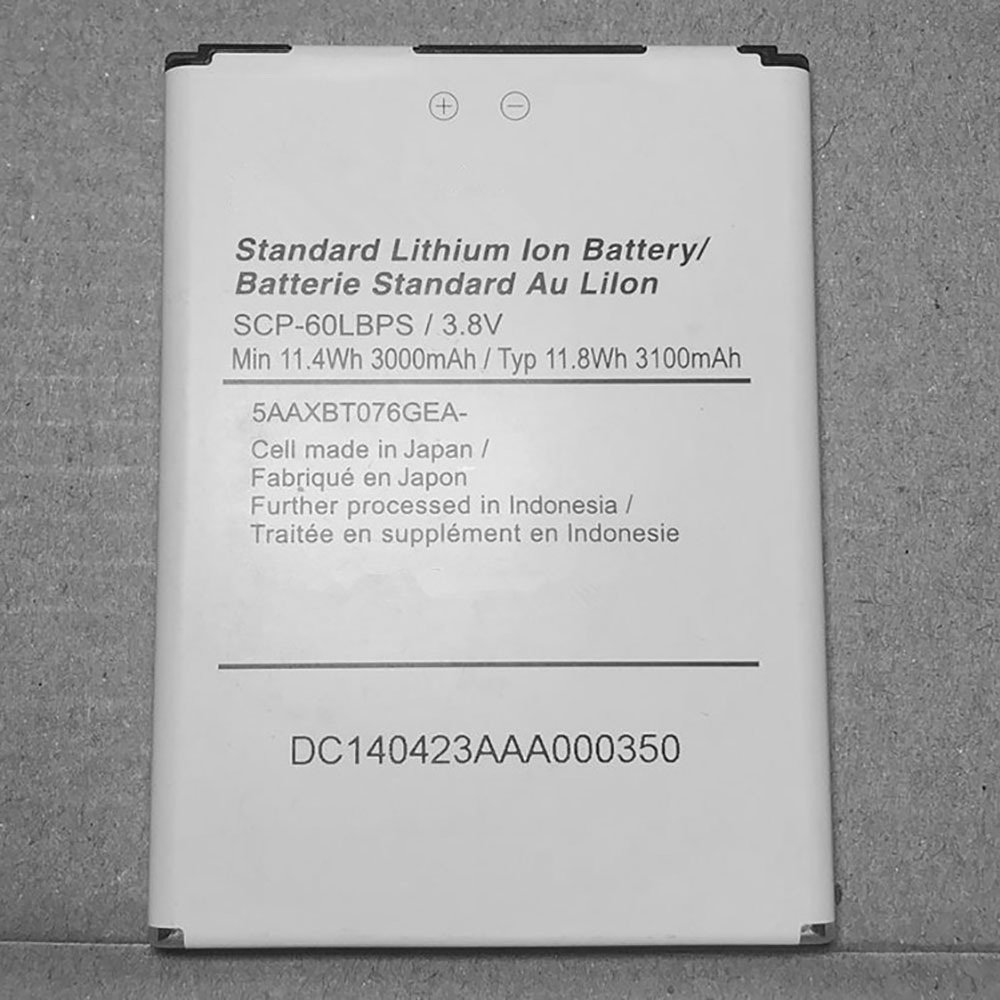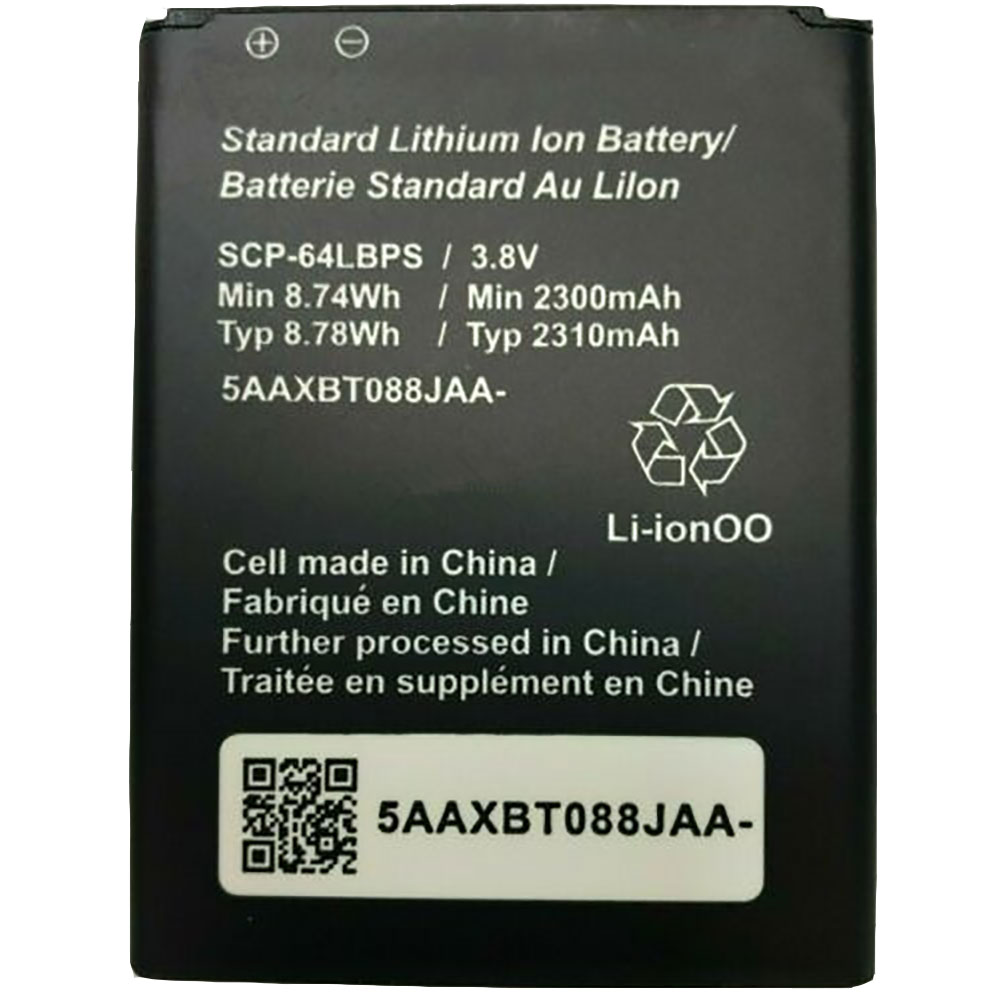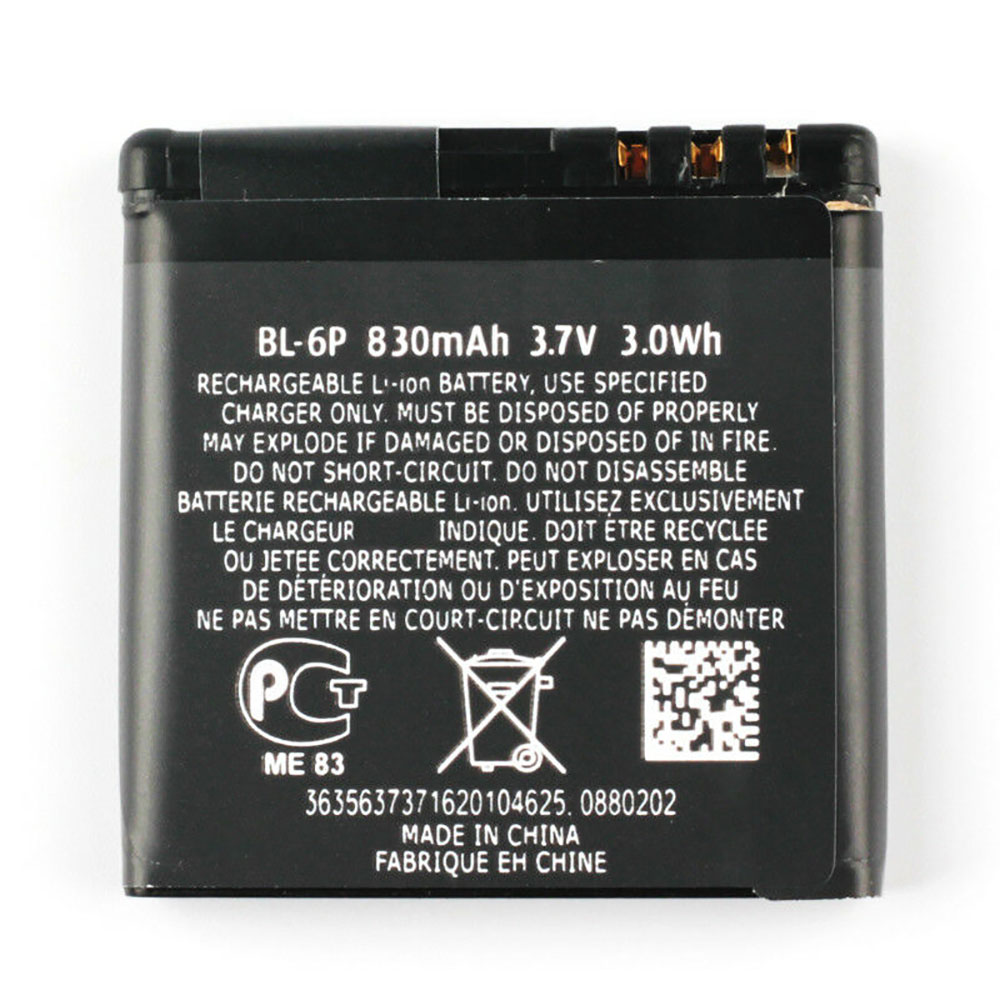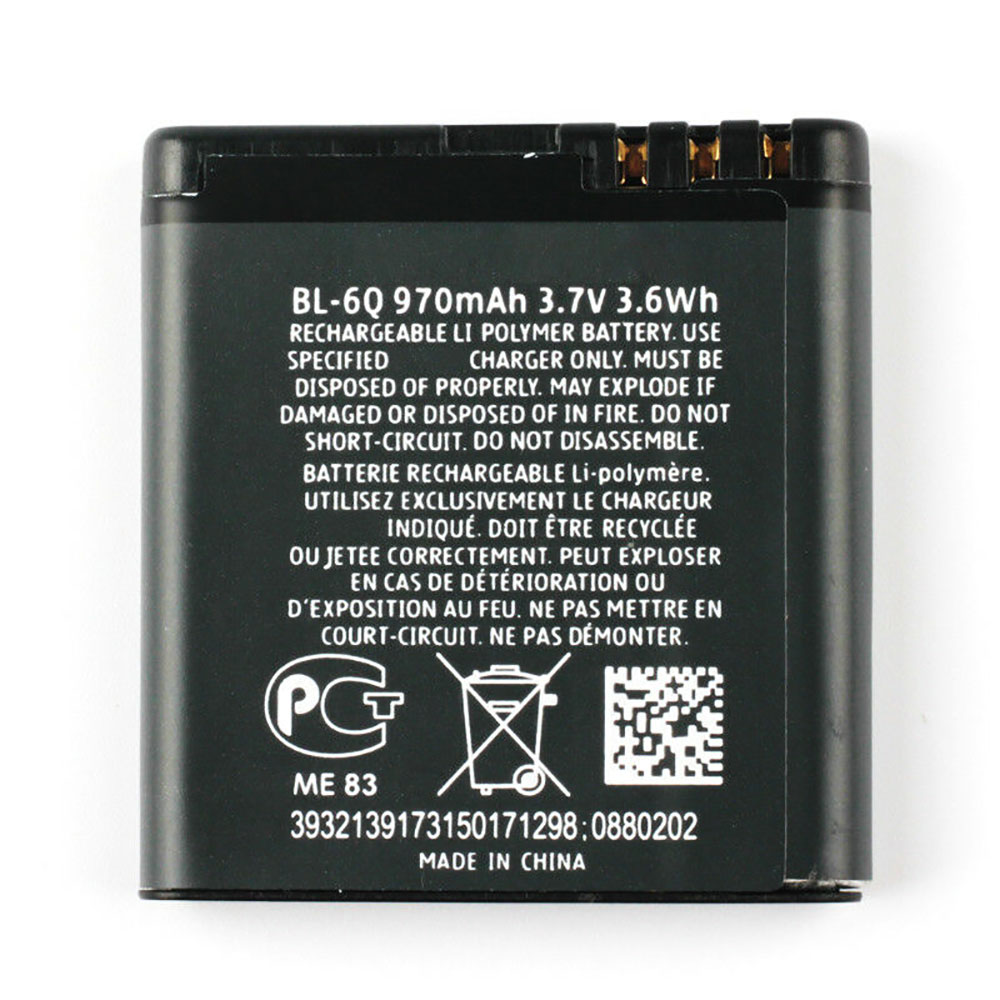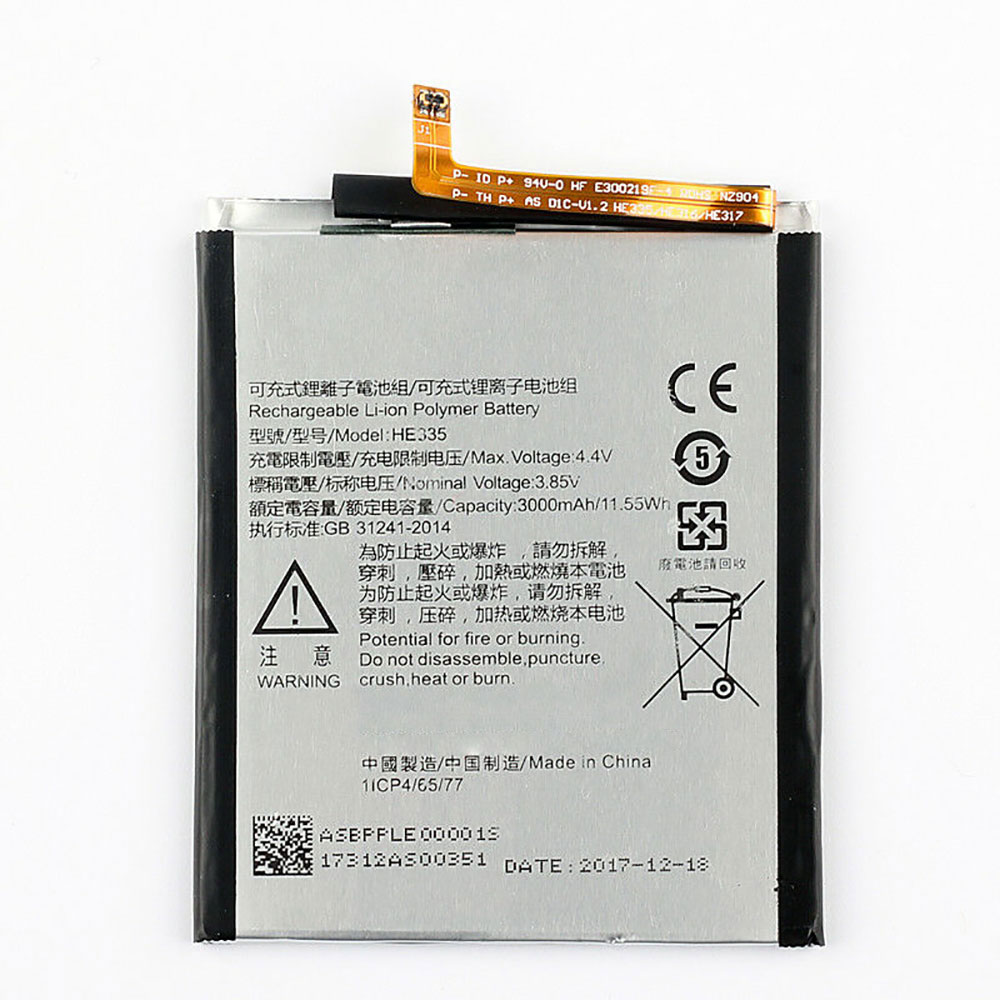The AMD Ryzen 9 3950X is the baddest cat in town when it comes to processors that don’t land in the HEDT (high-end desktop) category of processors. But, with the specs and performance it offers, it may break apart that classification system altogether.
The Ryzen 9 3950X is built on AMD’s 7nm Zen 2 architecture, and is the highest tier in the Ryzen 3000 series. That naturally makes it the most expensive, but it also shows just how well AMD is scaling performance to multiple cores and threads. And when it comes to the Ryzen 9 3950X, there are a whopping 16 cores and 32 threads.
Price and availability
The Ryzen 9 3950X is priced at $749 (£749, about AU$1,080), but availability since launch has been scarce. As a result, we’ve seen prices well above AMD’s suggested retail. Even at retail, that’s a sizable increase in price over most of our top picks for best processor.
The price is a 50% increase from the $499 Ryzen 9 3900X, which features 12 cores and 24 threads (and comes with its own cooler). Meanwhile, from Intel, the 18-core, 36-thread Core i9 9980XE is made to hurt a budget at its original retail $1,979 (about £1,520, AU$2,800). The newer Intel Core i9-10980XE brings the price down to $979 (£1,099, about AU$1,435), showing how Intel is acknowledging AMD’s competition.
Features and chipset
The AMD Ryzen 9 3950X’s leap onto the Zen 2 architecture, which has seen the processor node shrink from 12nm to 7nm. AMD also has packed on extra cache with 1MB of L1, 8MB of L2, and 64MB of L3 cache. The result is an impressive CPU that packs 16 cores and 32 threads into a unit that can still fit on the standard AM4 socket (the very same socket AMD has been using since the first generation of Ryzen processors) and only hits a TDP of 105 watts.
Along with the new architecture, the Ryzen 9 3950X brings with it support for the new PCIe 4.0 standard on an X570 chipset. The new PCIe standard can offer a dramatic increase in bandwidth for extra fast PCIe SSDs and Navi graphics cards. But, for anyone who doesn’t need the extras just yet, the Ryzen 9 3950X can be slotted into an older motherboard.
Performance
From single-core to multi-threaded workloads, the Ryzen 9 3950X is a powerful performer. It also shows just how well more cores can scale to more performance in some ways but not in others.
Now, one thing we have to mention, is that when AMD sent the Ryzen 9 3950X for review, it was sent in a pre-built tower from Maingear. Instead of testing the processor in that system, we pulled it out of there and put it on our own TechRadar test system, just so all the elements of the system are controlled by us, rather than Maingear and AMD.
The Ryzen 9 3950X’s 16 cores run at a base clock speed of 3.5GHz, but they can boost up to 4.7GHz. That many cores running that fast can chew through multi-core workloads, as we saw in our benchmarks. In our Geekbench 4 test, it earned a single-core score of 5,770 and a multi-core score of 53,829. That compares to the 32-core Ryzen Threadripper 2990WX from 2018 that scored only 4,862 and 30,777 on the same tests.
Cinebench R15 and R20 further demonstrated the Ryzen 9 3950X’s performance. In Cinebench R15, it scored 212 points for single-core performance and 4008 for multi-core. That tops that Threadripper 2990WX in single-core, but falls shy of its 5,017 multi-core score – but remember that the Threadripper has double the cores and threads.
Intel isn’t sitting safe from the Ryzen 9 3950X either. Even the HEDT processors are in trouble, as the Intel Core i9-10980XE, a 18-core/36-thread monster, didn’t muster better results in our benchmark suite. For Geekbench 4, Intel’s chip managed 5,452 in single-core and 52,762 in multi-core testing. Both of those scores fall short of the Ryzen 9 3950X. AMD stays ahead in Cinebench R20 as well, with a 9,171 multi-core score that tops the Core i9-10980XE’s 8,730.
It takes some serious power draw to do this, but it’s improved over 2nd-Gen Threadripper. In our testing, the Ryzen 9 3950X’s power draw maxed out just below 144 watts. That’s high for a mainstream processor, but on the lower side for some of the HEDT processors that it can compete with. There’s a perk of the 7nm architecture showing itself in that relationship between performance and power draw.
For all its cores, though, the Ryzen 9 3950X only proves one thing in gaming: Ryzen 3000 processors are all great. From the Ryzen 9 3950X down through the Ryzen 5 3600, we see surprisingly similar gaming performance from the Ryzen 3000 family. Running our benchmarks alongside a Nvidia GeForce GTX 1080 Ti, the Ryzen 9 3950X scored an average of 103fps in Total War: Warhammer II at Full HD and 43fps at 4K. The Ryzen 5 3600 managed 101fps and 42.3fps in the same tests. And Intel? The Core i9-9900KS manages 108fps at Full HD and 45fps at 4K in the same tests.
The story continues in our Middle Earth: Shadow of War benchmark. There, the Ryzen 9 3950X scored an average of 116fps at Full HD and 49fps at 4K. The Ryzen 5 3600 hit 118fps and 51fps for the same tests, shockingly beating the Ryzen 9 3950X. The Intel Core i9-9900K came out slightly ahead with 125fps at Full HD and 52fps at 4K.
The Ryzen 9 3950X clearly has high-end performance, but for gamers specifically, you can get similar performance for almost a quarter of the price. And you should also be aware that with this kind of power comes some serious heat. When we were being briefed on this processor, AMD straight up told us that we’d need at least a 240mm AIO cooler, which is what we used for this review. Even with our amazing NZXT Kraken X62 cooler, we still managed to see temperatures spike at 78°C – it kind of makes the lack of an included cooler make sense.
Final verdict
The Ryzen 9 3950X is a performance champ, going toe-to-toe with HEDT processors that should be in a different league. It may take a bit to keep cool, but if you follow AMD’s guidance, you’ll end up with a processor that takes on gaming and multi-core workloads with aplomb. The biggest issue is that inventory is scarce.
